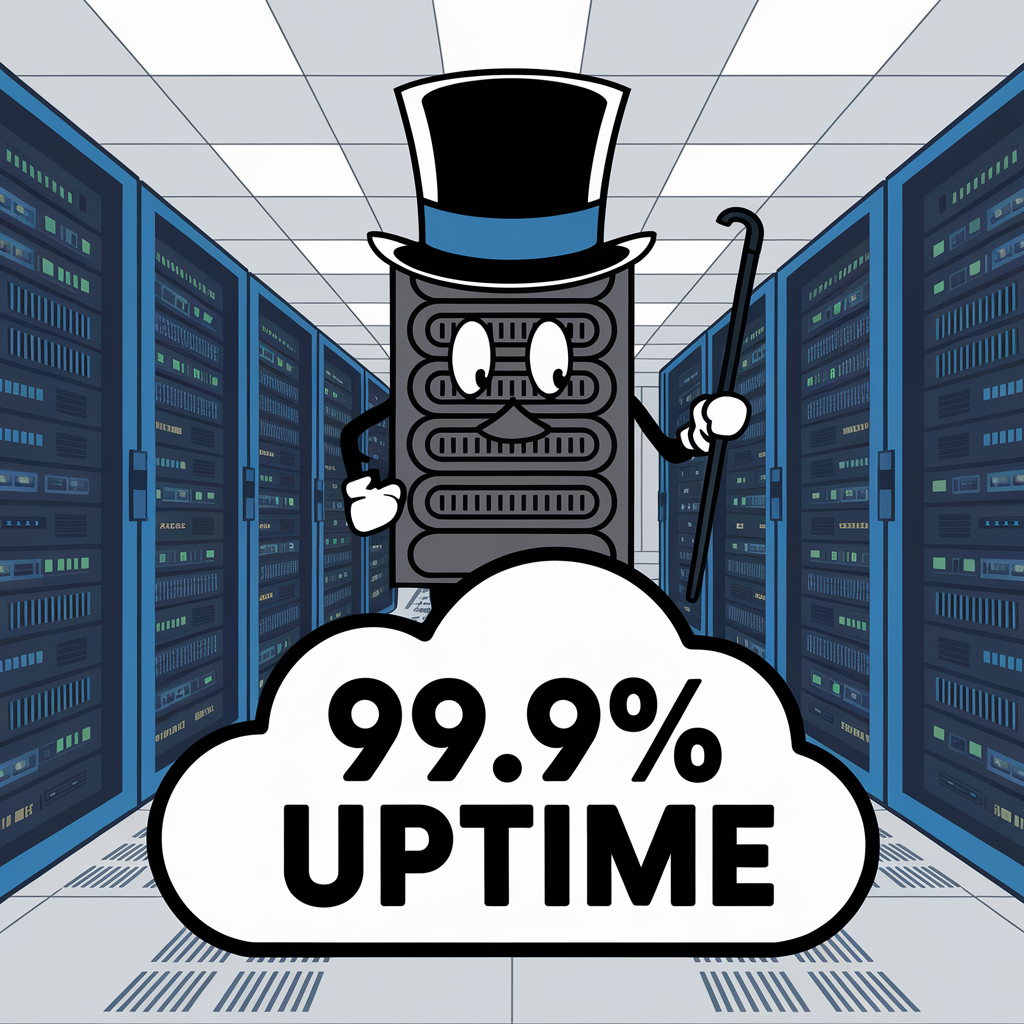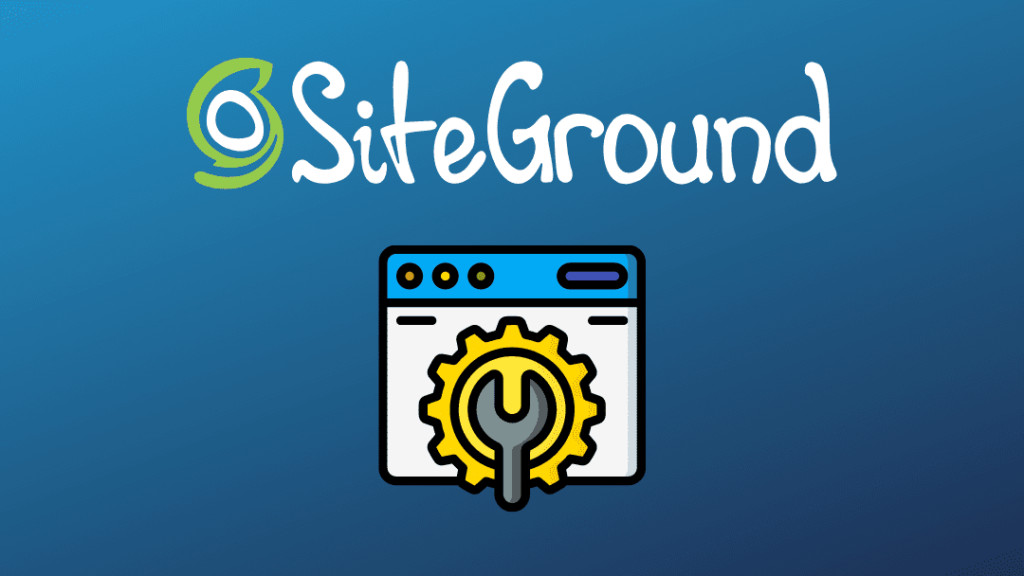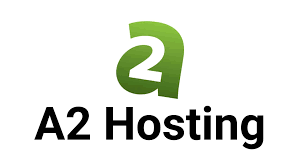When it comes to running a successful website, uptime is one of the most critical factors to consider as it enhances user experience. Uptime is defined as the amount of time your website is operational and accessible to users. Even a few minutes of downtime can result in lost revenue, decreased user trust, and a negative impact on your search engine rankings. For businesses, especially eCommerce websites, downtime can be catastrophic for your business.
In this comprehensive guide, we will discuss the importance of uptime, the factors that affect it, and how to choose a web hosting provider that can give your website a reputable uptime. We’ll also review some of the top hosting providers known for their reliability and uptime guarantees.
Why Website Uptime Matters
Uptime is a key metric for measuring the reliability of a web hosting provider below is its importance:

- User Experience: Visitors expect your website to be available 24/7, and downtime can frustrate users and drive them to competitors.
- Revenue Loss: For e-commerce websites, downtime directly translates to loss of sales, and a few minutes of downtime can cost thousands of dollars.
- SEO Impact: Search engines like Google prioritize websites with high uptime. Frequent downtime can negatively affect your search engine rankings.
- Brand Reputation: A website that’s frequently down can damage your brand’s reputation and erode customer trust as well.
- Productivity: For businesses, downtime can disrupt internal operations and reduce productivity.
READ ALSO:
What is a Good Uptime Guarantee?
Uptime is typically expressed as a percentage, representing the amount of time your website is operational over a given period.
For example:
- 99.9% uptime means your website is down for approximately 43 minutes per month.
- 99.99% uptime means your website is down for about 4 minutes per month.
- 100% uptime means your website is never down.
- While 100% uptime is the ideal goal, it’s nearly impossible to achieve due to factors like server maintenance and unforeseen issues.
- Most reputable hosting providers offer a 99.9% or higher uptime guarantee.
Factors That Affect Uptime
Several factors can impact your website’s uptime, including:
#1. Server Quality: High-quality servers with redundant power supplies and cooling systems are less likely to fail, thereby improving general uptime.
#2. Network Infrastructure: A robust network with multiple data centers and backup connections ensures reliability for your website.
#3. Maintenance: Regular server maintenance and updates help prevent issues that could cause downtime.
#4. Traffic Spikes: Sudden traffic increases can overwhelm servers, leading to downtime. Scalable hosting solutions can handle traffic spikes more effectively.
#5. Security: Cyber attacks like DDoS attacks can cause downtime. A secure hosting provider with DDoS protection can mitigate these risks.
Read Also: Most Secure Web Hosting Providers
How to Choose a Hosting Provider with the Best Uptime
When selecting a hosting provider, consider the following factors to ensure the best uptime;

#1. Uptime Guarantee: Look for a hosting provider that offers a 99.9% or higher uptime guarantee.
#2. Server Quality: Choose a provider with high-quality servers and redundant infrastructure.
#3. Data Center Locations: Multiple data centers in different geographic locations improve reliability and reduce latency.
#4. Scalability: Ensure the hosting provider can handle traffic spikes and scale resources as needed.
#5. Customer Support: 24/7 customer support is essential for resolving issues quickly and minimizing downtime.
#6. Security Features: Look for hosting providers that offer DDoS protection, firewalls, and malware scanning.
Top Web Hosting Providers with the Best Uptime
Here are some of the best web hosting providers known for their reliability and uptime guarantees
#1. SiteGround

- Uptime Guarantee: is up to 99.99%
- Features: Free SSL, daily backups, free CDN, and advanced security features.
- Performance: Uses SSD storage and a custom caching system for fast loading times.
- Support: 24/7 customer support with a reputation for excellent service.
- Pricing: Starts at $3.99/month (introductory price).
#2. Bluehost

- Uptime Guarantee: is up to 99.9%
- Features: Free SSL, one-click WordPress installation, and a free domain for the first year.
- Performance: Reliable performance with SSD storage and a custom caching system.
- Support: 24/7 customer support via phone, chat, and email.
- Pricing: Starts at $2.95/month (introductory price).
#3. HostGator

- Uptime Guarantee: up to 99.9%
- Features: Free SSL, unlimited bandwidth, and one-click installations for popular platforms.
- Performance: Uses SSD storage and offers a 99.9% uptime guarantee.
- Support: 24/7 customer support via phone, chat, and email.
- Pricing: Starts at $2.75/month (introductory price).
#4. A2 Hosting

- Uptime Guarantee: up to 99.9%
- Features: Turbo servers for faster performance, free SSL, and one-click installations.
- Performance: Uses SSD storage and offers a 99.9% uptime guarantee.
- Support: 24/7 customer support via phone, chat, and email.
- Pricing: Starts at $2.99/month (introductory price).
#5. Liquid Web

- Uptime Guarantee: up to 100%
- Features: Fully managed hosting, dedicated resources, and optimized hosting for high-traffic websites.
- Performance: High-performance servers with a 100% uptime guarantee.
- Support: 24/7 customer support with a reputation for fast and reliable service.
- Pricing: Starts at $59/month.
#6. InMotion Hosting

- Uptime Guarantee: is 99.9%
- Features: Free SSL, SSD storage, and optimized hosting for WordPress and WooCommerce.
- Performance: Reliable performance with a 99.9% uptime guarantee.
- Support: 24/7 customer support via phone, chat, and email.
- Pricing: Starts at $2.49/month (introductory price).
Types of Hosting and Their Impact on Uptime
Let’s talk about the types of hosting to choose from and how they can significantly impact your website’s uptime. Below are the common types of hosting and their reliability:
#1. Shared Hosting: is a type of web hosting where multiple websites share the same server and its resources, like storage, bandwidth, and processing power. It is an affordable option for small websites, but performance may be affected if other sites on the server use too many resources.
- Uptime: Typically 99.9% or higher.
- Pros: Affordable and easy to use.
- Cons: Uptime can be affected by other websites on the same server.
#2. VPS Hosting: VPS (Virtual Private Server) hosting is a type of web hosting where a physical server is divided into multiple virtual servers. Each website gets its dedicated resources, like RAM and storage, making it faster and more reliable than shared hosting. It’s a good option for growing websites that need more control and better performance.
- Uptime: Typically 99.9% or higher.
- Pros: Dedicated resources and better performance.
- Cons: More expensive than shared hosting.
#3. Dedicated Hosting: Dedicated hosting is a type of web hosting where an entire server is reserved for one website. This means all the resources, like storage, RAM, and processing power, are used only by that website. It offers high performance, security, and control, making it ideal for large websites with heavy traffic.
- Uptime: Typically 99.99% or higher.
- Pros: Full control over server resources and high performance.
- Cons: Expensive and requires advanced technical knowledge.
#4. Cloud Hosting: Cloud hosting is a type of web hosting that uses multiple connected servers to host a website. Instead of relying on a single server, the website can use resources from a network of servers, making it more reliable and scalable. If one server fails, another takes over, ensuring minimal downtime and better performance.
- Uptime: Typically 99.99% or higher.
- Pros: Scalable resources and high uptime.
- Cons: It can be more expensive than traditional hosting.
#5. Managed WordPress Hosting: Managed WordPress Hosting is a service where a hosting provider takes care of all the technical aspects of running a WordPress website for you. This includes things like server setup, security, updates, backups, and performance optimization. Essentially, it allows you to focus on creating content and managing your site without worrying about the technical details. It’s like having a dedicated team handle the behind-the-scenes work to ensure your website runs smoothly and securely.
- Uptime: Typically 99.9% or higher.
- Pros: Optimized for WordPress and expert support.
- Cons: More expensive than standard hosting.
Read Also: Best Hosting for eCommerce Websites
Tips for Maximizing Uptime
To ensure your website maintains high uptime, follow these tips:
#1. Choose a Reliable Hosting Provider: Select a hosting provider with a strong uptime guarantee and a reputation for reliability.
#2. Monitor Uptime: Use uptime monitoring tools to track your website’s availability and receive alerts for downtime.
#3. Optimize Your Website: Ensure your website is optimized for performance, with fast loading times and minimal server load.
#4. Implement Security Measures: Protect your website from cyberattacks with SSL certificates, firewalls, and malware scanning.
#5. Regular Backups: Regularly back up your website to minimize data loss in the event of downtime.
#6. Scalable Hosting: Choose a hosting provider that offers scalable resources to handle traffic spikes and growth.
Conclusion
Uptime is a critical factor in the success of any website, impacting user experience, revenue, and search engine rankings. Choosing a web hosting provider with the best uptime will make your website accessible and reliable.
- SiteGround and Liquid Web are excellent choices for users who prioritize uptime and reliability
- Bluehost and HostGator offer affordable hosting with strong uptime guarantees, making them ideal for small to medium-sized websites.
- A2 Hosting and InMotion Hosting provide high-performance hosting with reliable uptime, suitable for growing websites.
By considering your website’s requirements and following the tips outlined in this guide, you can ensure your website maintains high uptime and delivers a seamless experience for your users.

